Unveiling the grim reality: Exploring the most polluted rivers in the world


· 11 min read
This article is part of an educational series to spread free & quality sustainability knowledge for all.
From picturesque landscapes to life-sustaining water sources, rivers have played an indispensable role in shaping natural beauty and nurturing civilizations throughout history. However, beneath their tranquil facade lies a haunting truth that demands our immediate attention. Today, we dive into the depths of environmental degradation to uncover the unsettling reality of the most polluted rivers in the world.
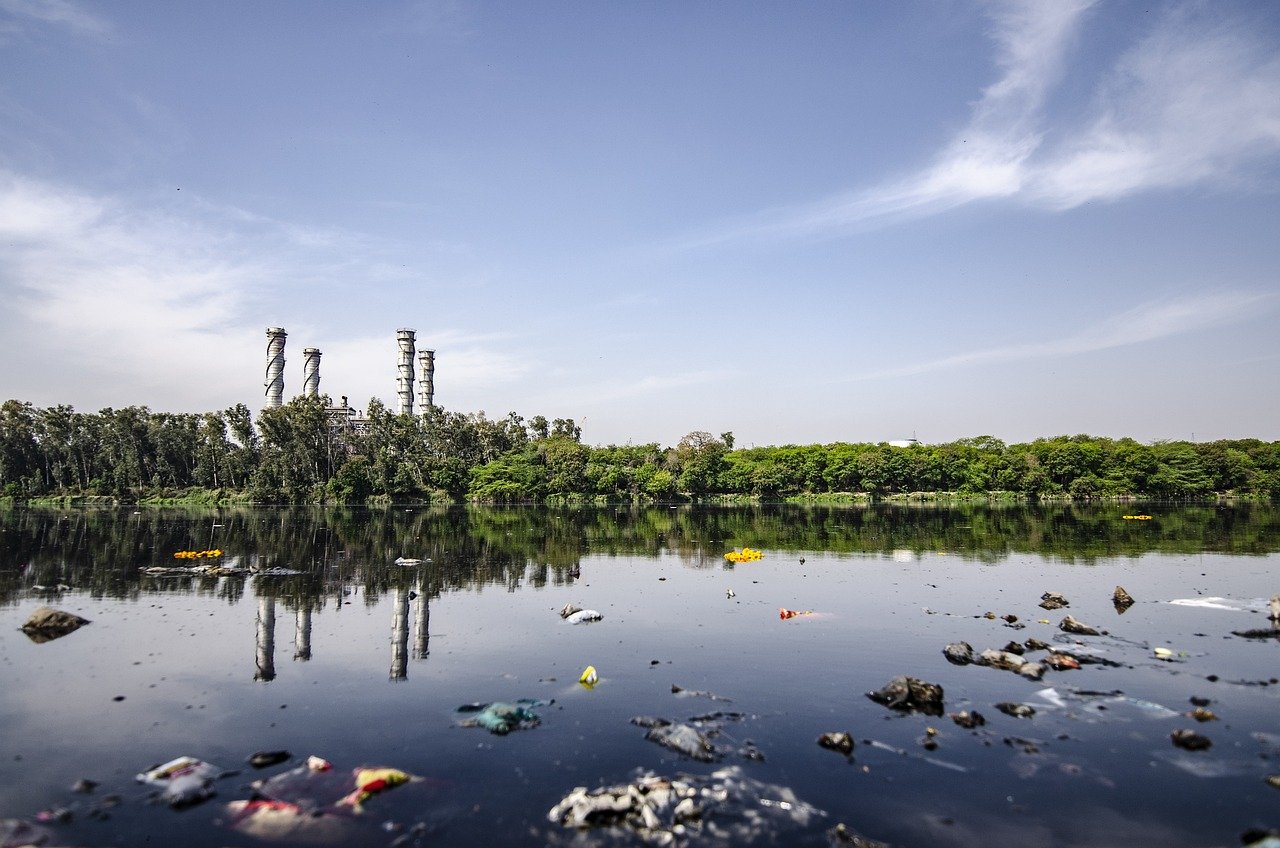
Imagine a river so contaminated that its once crystal-clear waters have transformed into toxic swamps, choking the life out of aquatic ecosystems and posing grave risks to human health. These rivers, once beaming with vibrant biodiversity and serving as crucial lifelines for countless communities, have now become cesspools of pollution, plagued by a toxic cocktail of industrial waste, chemical runoff, and untreated sewage (See sustainability performance of companies like Air Liquide).
As we embark on this eye-opening journey, be prepared to witness the harrowing consequences of human activities that have ravaged these once-pristine waterways. We will delve into the alarming levels of heavy metals, plastic debris, and hazardous chemicals that have infiltrated the very lifeblood of these rivers, poisoning not only flora and fauna but also endangering the well-being of those who rely on them for their daily needs.
Water pollution has emerged as one of the most pressing environmental challenges of our time, jeopardizing the health of ecosystems and the well-being of millions worldwide. According to the World Health Organization, not less than 2 billion people use a drinking water source contaminated with feces.
While multiple factors contribute to this crisis, it is crucial to understand the specific causes and their impact. Let us shed light on the primary sources of water pollution.
Industries are a major contributor to water pollution, releasing a staggering amount of hazardous chemicals and pollutants into rivers. Industrial waste discharge causes water pollution by introducing harmful substances, such as toxic chemicals, heavy metals, and organic compounds, into water bodies. These pollutants contaminate the water, posing risks to aquatic life and ecosystems. The discharge of industrial waste can lead to oxygen depletion and ecological balance disruption, further exacerbating water pollution.
Agricultural activities, including the use of fertilizers, pesticides, and irrigation practices, contribute significantly to water pollution. Excessive nutrient runoff, primarily nitrogen and phosphorus, from farms end up in rivers and streams, leading to harmful algae blooms and oxygen depletion (See sustainability performance of agriculture companies like AppHarvest, Inc.).
Untreated or inadequately treated sewage and wastewater from cities and towns are major contributors to water pollution. The discharge of untreated human waste and chemicals into rivers results in the spread of diseases and the degradation of water quality. Shockingly, UN-Water reports that more than 80% of the world's wastewater is released into the environment without treatment.
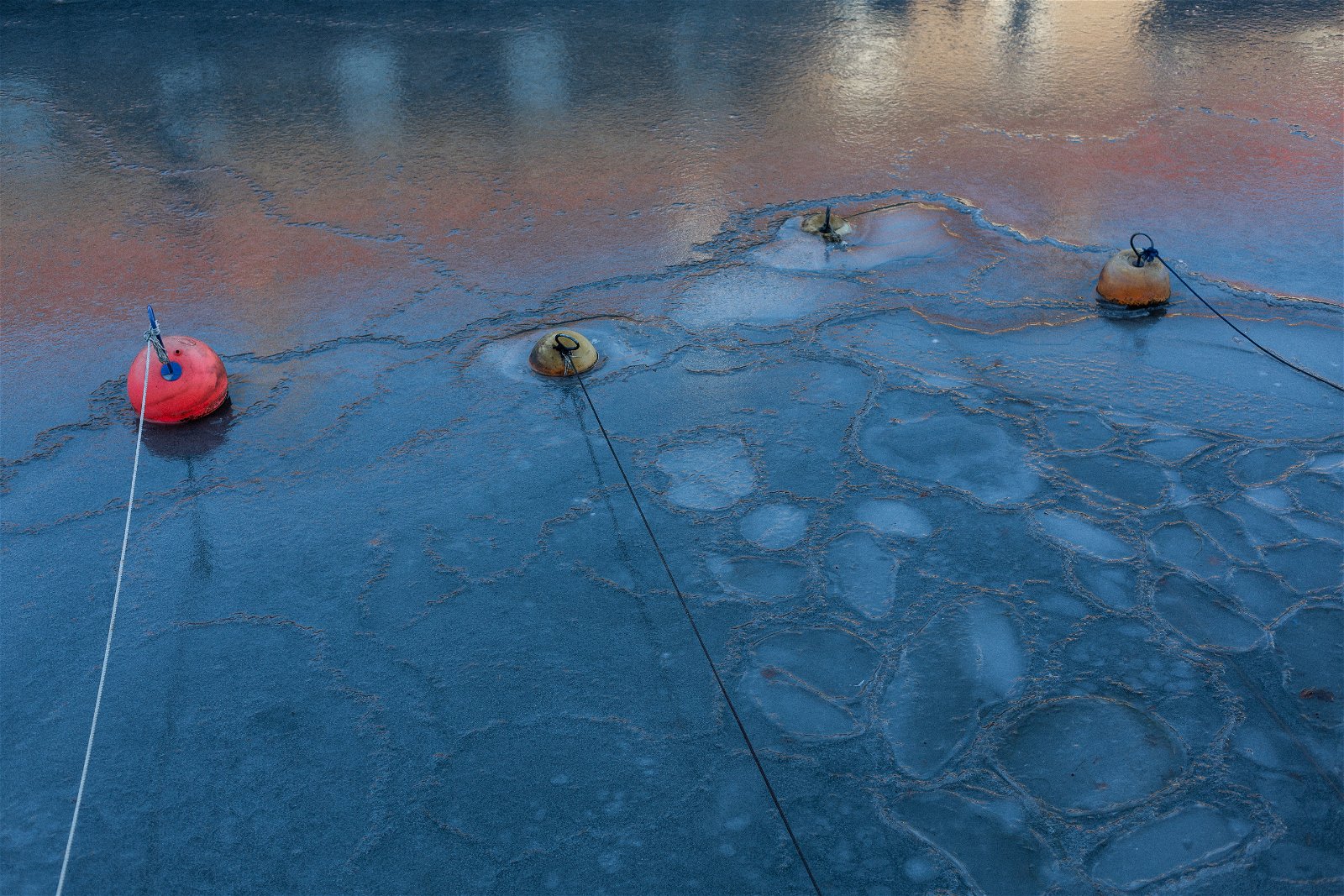
Improper disposal of solid waste, including plastics, contributes to the pollution of water bodies. Plastic pollution has reached alarming levels, with 14 million tons of plastic entering the ocean annually, according to the International Union for Conservation of Nature. Plastics break down into microplastics, which contaminate water sources and harm aquatic organisms. Moreover, chemical pollutants from improper waste disposal, including household cleaners, pesticides, and pharmaceuticals, seep into groundwater and rivers, further exacerbating the problem.
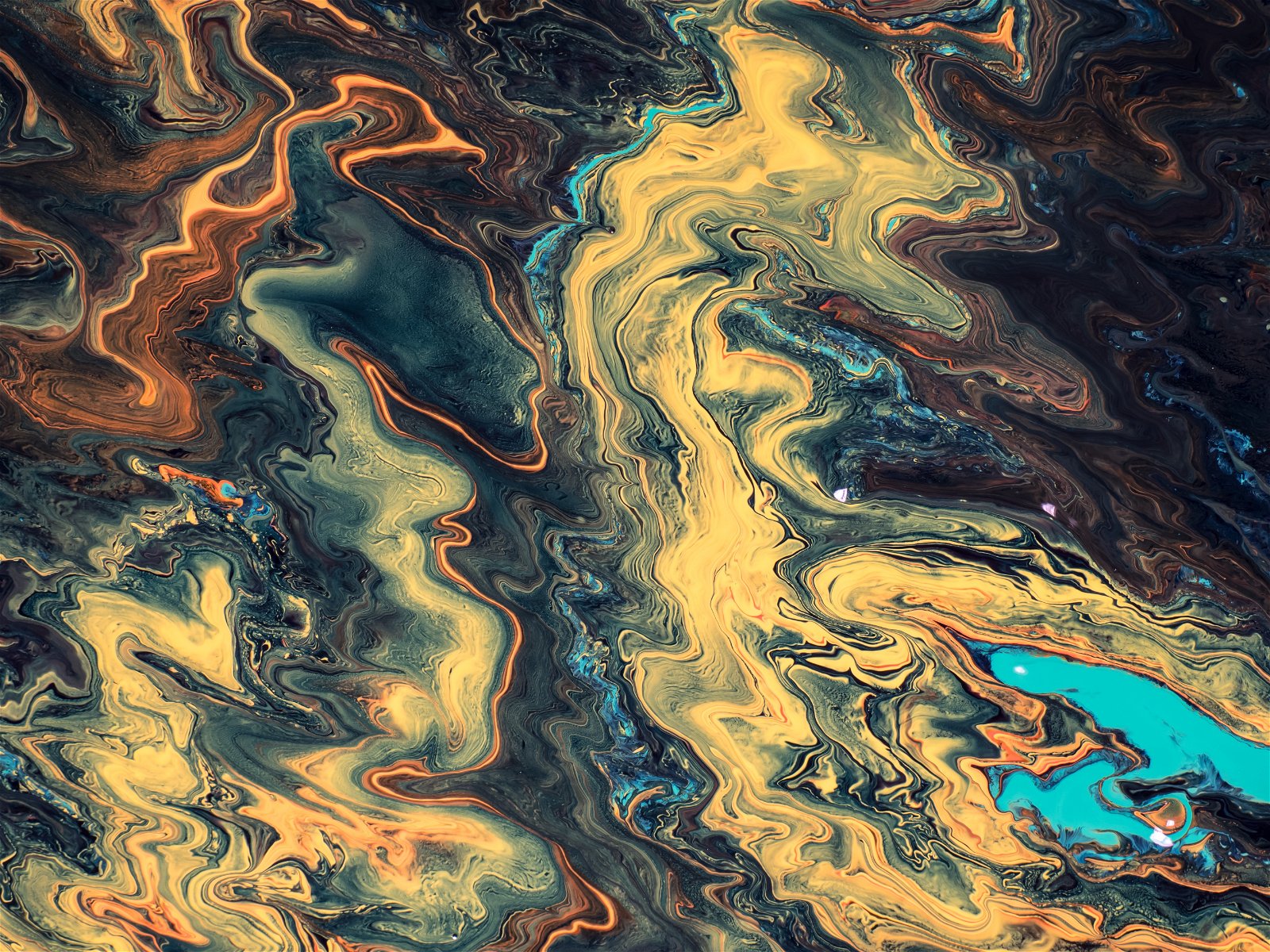
Oil spills and accidental releases from ships, pipelines, and offshore drilling activities have devastating consequences for aquatic ecosystems. These incidents introduce large volumes of oil into water bodies, leading to immediate and long-term ecological damage. For instance, the Deepwater Horizon oil spill in 2010 released not less than four million barrels of oil into the Gulf of Mexico, causing widespread contamination and affecting marine life (See sustainability performance of oil & gas companies like Equinor, Enel Group and Chevron).
Here are the five most polluted rivers in the world.
The Ganges River is a highly revered waterbody among Hindus. The Ganges River emerges in the western Himalayas, and the river flows down across northern India into Bangladesh. Hindus consider it the most sacred river of all rivers. That’s why it is quite ironic that it tops this list and takes the unwanted crown of the most polluted river in the world. The river is severely polluted by industrial effluents, untreated sewage, and, surprisingly, religious activities. It faces contamination from toxic chemicals, human waste, and floating debris, posing serious health risks and ecological challenges.

The Ganges River hosts millions of pilgrims who bathe and make offerings of food and flowers. As a holy site, many adherents of the Hindu religion want the Ganges River to be their final resting place. Thus, cremation isn’t an unusual thing around the Ganges River, with the ashes subsequently strewn on the water. With chemical preservatives used to keep flowers fresh leaching into the rivers and the unending queue of bathers thronging the river, it is not surprising that scientists have discovered some bacteria that are resistant to most forms of commonly used antibiotics in the river.
The Citarum River in Indonesia is the second most polluted river in the world. Located in Indonesia, it is widely regarded as one of the worst rivers in terms of pollution. It faces extensive pollution from industrial waste, household sewage, and runoff from farms. The river is contaminated with toxic chemicals, heavy metals, and plastic debris, posing significant risks to human health and the surrounding ecosystems.
The once-clear river runs 300 km and supplies more than 350,000 hectares of rice paddies. Nonetheless, it has become polluted by toxic chemicals that now threaten aquatic life and the life of those using it as a source of drinking water. Field investigations conducted by the Blacksmith Institute found levels of lead at more than 1,000 times the United States Environmental Protection Agency standard in drinking water.
Coming third on the most polluted river list is the Buriganga River. The Buriganga River, located in Bangladesh, is one of the most severely polluted rivers in the world. Originating from the Dhaleshwari River, the water flows through the capital city of Dhaka, serving as a lifeline for millions of people in terms of water supply, transportation, and livelihoods. However, the river has been subjected to extensive pollution, posing significant environmental and health risks.
The pollution in the Buriganga River stems from a variety of sources. Industrial discharges are a major contributor, with numerous garment factories lining the riverbanks releasing untreated effluents containing toxic chemicals and heavy metals directly into the water. These contaminants not only harm aquatic life but also seep into the sediment, posing long-term risks to the ecosystem.
Additionally, municipal sewage and household waste are major culprits in the pollution of the Buriganga River. Inadequate sewage treatment facilities and the lack of proper waste management infrastructure result in the direct discharge of untreated sewage into the river. As a result, the river becomes heavily contaminated with harmful bacteria, viruses, and organic pollutants, making the water unfit for human consumption and increasing the risk of waterborne diseases.

The Yellow River is the second longest river in China after the Yangtze River. The yellow in its name is a reference to the fact that the silt in the water gives the river a yellow-brown color. It is also the main river in north China. The river flows through major industrial areas, including China's major coal-producing region and huge population centers.
The Yellow River in China suffers from extensive pollution due to waste from industries, agricultural runoff, and urban sewage. It faces significant contamination from heavy metals, chemicals, and sedimentation, leading to deteriorating quality of water and ecological damage. A 2008 study showed that one-third of the water from the Yellow River is unsafe for drinking and agriculture.
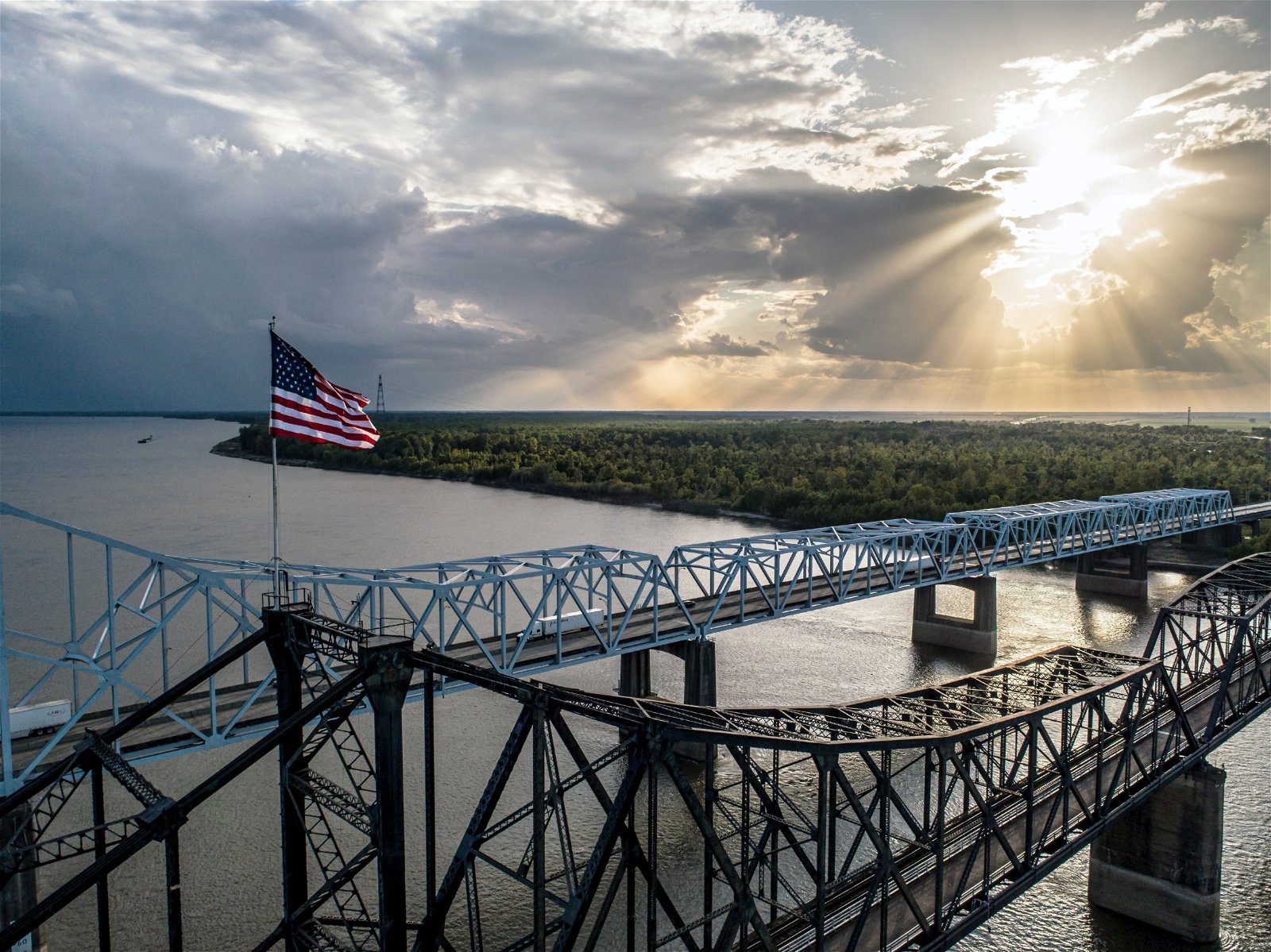
The Mississippi River, one of the longest rivers in North America, faces pollution from agricultural runoff, industrial discharges, and urban sewage. By drainage area, the Mississippi River is the fourth largest in the world.
Excessive nutrient runoff has led to ecosystem imbalances, affecting the river's health and biodiversity. The major culprit in this case of river pollution is the runoff of fertilizers, nutrients, and herbicides from farmlands. A heavy concentration of such nutrients encourages the growth of algae and other floating plants that affect the flow of oxygen. This affects the river’s water quality and could harm marine life.
The five rivers above are not the only polluted rivers in the world. There are others suffering similar fates across the globe. Here are some other worthy mentions.
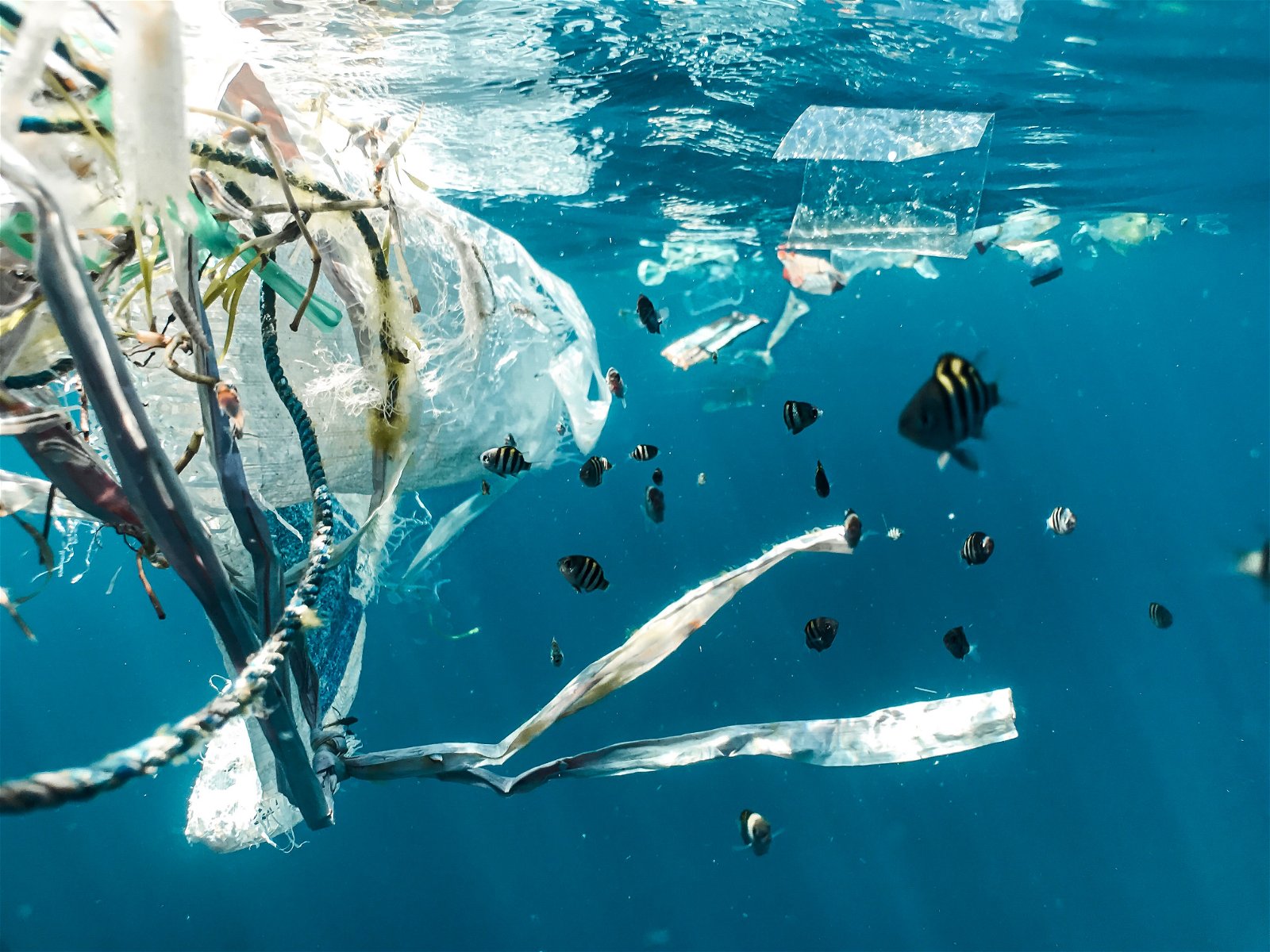
The Matanza-Riachuelo River in Argentina is severely polluted due to industrial waste and untreated sewage. It suffers from high levels of toxic chemicals, heavy metals, and organic pollutants, impacting both the river's ecosystems and the health of nearby populations.
The Yamuna River is another sacred river in India suffering from river pollution. According to the India Times, more than 80% of wastewater from Delhi households pours into the river untreated. This wastewater includes laundry water that inevitably leads to the formation of froth on the river. This isn’t the only source of pollution. Idol immersion, untreated waste from industries, pesticides, and untreated sewage also contribute to the pollution of the Yamuna River.
The Marilao River in the Philippines’ Bulacan province is heavily contaminated by industrial discharges, particularly from electronics and textile manufacturing. The Marilao River is a major tributary of Manila Bay. It faces extensive pollution from toxic chemicals, heavy metals, and untreated wastewater, posing significant risks to the health of nearby communities and ecosystems.
To effectively combat pollution, we need to implement a multi-faceted approach. This includes stringent regulations and enforcement to limit industrial emissions and waste disposal, promoting sustainable practices in agriculture and reducing chemical usage, and raising awareness to encourage responsible consumer behavior, such as proper waste management and reducing single-use plastics.
Collaboration between governments, industries, and individuals is crucial to implement and support these measures, ensuring a cleaner and healthier environment for future generations.
The most polluted river in the world is the Ganges River in India.
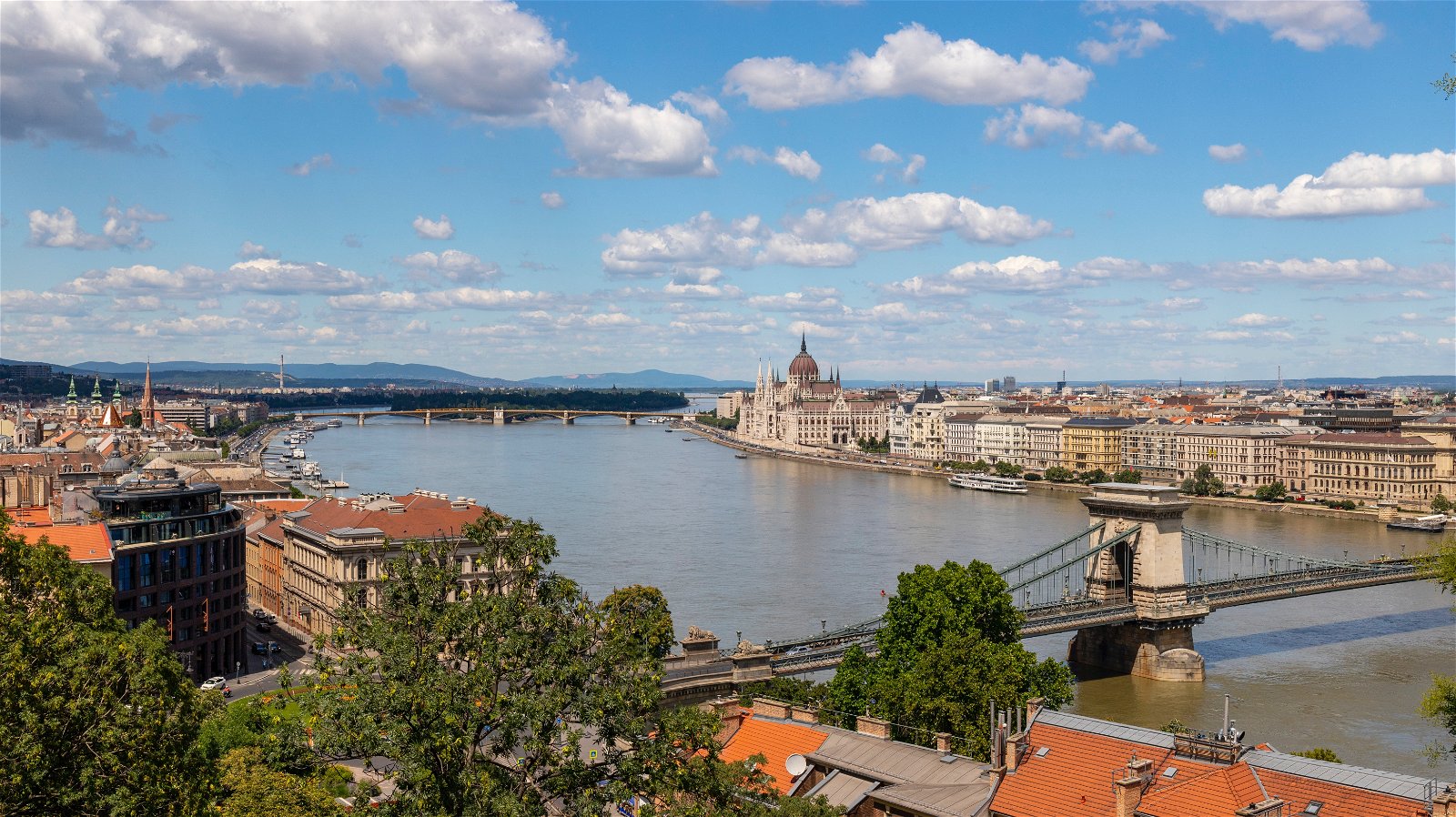
The rivers in Europe often cited as being among the most polluted include the Sarno River, the Danube River, and the Rhine River. These rivers face pollution challenges from various sources. However, it is important to note that the pollution levels may vary over time and can be subject to ongoing efforts to improve water quality.
The biggest water polluter in the world are industries such as manufacturing, mining, and energy production due to their discharge of toxic chemicals and waste. Additionally, improper waste management practices and untreated sewage from municipalities also contribute to water pollution on a large scale.
Yes, water pollution can be controlled through a combination of effective regulations, pollution prevention measures, improved waste management practices, and public awareness and participation in sustainable water management.
In conclusion, the state of water pollution in our rivers is a grave concern with far-reaching consequences for ecosystems and human well-being. From the Citarum River in Indonesia to the Ganges River in India, the examples discussed highlight the urgent need for collective action to address pollution sources and implement effective solutions.
By fostering a global commitment to responsible industrial practices, sustainable agriculture, and proper waste management, we can work towards restoring the health of our rivers, preserving biodiversity, and ensuring access to clean water for generations to come.
A, T. (2022, July 9). Explained: Why Yamuna Remains Polluted Despite All The Efforts To Clean It. IndiaTimes. https://www.indiatimes.com/explainers/news/sources-of-pollution-in-yamuna-567324.html
Deepwater Horizon – BP Gulf of Mexico Oil Spill | US EPA. (2022, August 31). US EPA. https://www.epa.gov/enforcement/deepwater-horizon-bp-gulf-mexico-oil-spill
Jensen, F. (2018, February 22). Indonesia president says toxic river should be clean enough to drink. U.S. https://www.reuters.com/article/indonesia-river-idUKL4N1QC27D
Living along a “dead” river in Bangladesh. (2023, April 19). Reuters. https://www.reuters.com/investigates/special-report/earth-day-bangladesh-river/
Marine plastic pollution. (n.d.). IUCN. https://www.iucn.org/resources/issues-brief/marine-plastic-pollution
McNeil, D. G., Jr, & Chaudhary, P. (2019, December 30). The Ganges Brims With Dangerous Bacteria. The New York Times. https://www.nytimes.com/2019/12/23/health/ganges-drug-resistant-bacteria.html
The Blacksmith Institute. (2013). THE WORLDS WORST 2013: THE TOP TEN TOXIC THREATS [PDF]. https://www.worstpolluted.org/docs/TopTenThreats2013.pdf
Times, N. Y. (2008, October 25). A third of China’s Yellow River is unsafe, study says. The New York Times. https://www.nytimes.com/2008/11/25/world/asia/25iht-river.1.18130831.html
United Nations. (2018). WATER QUALITY AND WASTEWATER [PDF]. https://www.unwater.org/sites/default/files/app/uploads/2018/10/WaterFacts_water_and_watewater_sep2018.pdf
World Health Organization: WHO. (2022). Drinking-water. www.who.int. https://www.who.int/news-room/fact-sheets/detail/drinking-water
Steve Harding

Water · Nature
Diego Balverde

Effects · Water
Praveen Gupta

Effects · Mitigation
Financial Times

Power & Utilities · Water
BBC

Nature · Water
Eurasia Review

Carbon Capture & Storage · Water